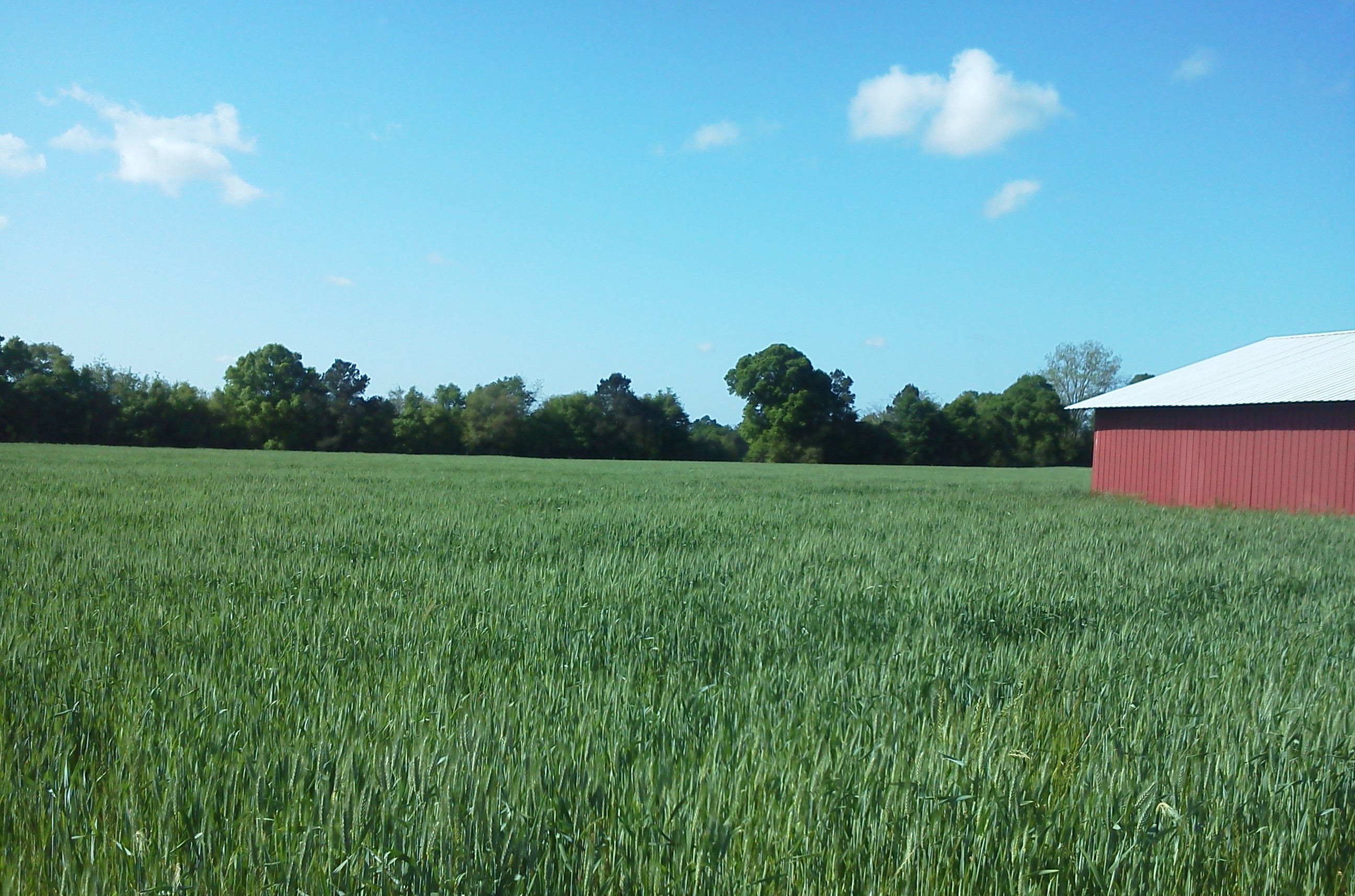Cover crops have been used by agricultural producers for thousands of years. However, we have seen a decline in cover crop use over the past century, as the use of commercial fertilizers have increased. Even though they are readily available and easy to use, commercial fertilizers, by themselves however, do not increase or maintain soil organic matter, and excess fertilizer can leach into ground water. Cover crops, on the other hand, increase soil organic matter which in turn increases crop vigor, yield, and quality. Cover crops also serve as a form of slow release organic fertilizer. So, by integrating both cover crops and commercial fertilizers, producers can increase efficiency while conserving soil and protecting ground water quality.
In addition to the important benefits of increasing soil organic matter content and serving as a slow release organic fertilizer, cover crops also:
- decrease soil erosion by wind and water,
- reduce competition from weeds,
- retain nutrients that might otherwise be lost from leaching or runoff,
- provide supplemental income (hay, grain, etc),
- have potential to decrease nematode populations.
For row crop fields, (peanuts, cotton, soybeans and corn), small grain cover crops are a common choice. Small grains such as rye, wheat, oats, and triticale (which is a man-made cross of wheat and rye) are excellent for weed control, erosion control, water conservation, and overall improvement of soil and water quality.
For cover crops to be effective, they must be established properly. Things to consider are:
- Selecting a good grain and variety for your area
- Planting dates
- Planting methods (drill or broadcast),
- Seeding rates
- Pest Control (Herbicides, Insecticides and Fungicide seed treatments).
For more information, you can also download:
UF/IFAS Planting Dates, Rates, and Methods of Agronomic Crops
Success with Cover Crops (UGA presentation with notes)
For winter grazing, see the article: Cool Season Forage Planting Decisions
- Field Days are for Education– Recap of the WFREC 2025 Corn & Soybean Field Day - July 25, 2025
- Spray Drone Regulations - July 16, 2024
- 2023 WFREC Crop Variety Trial Results - February 2, 2024

